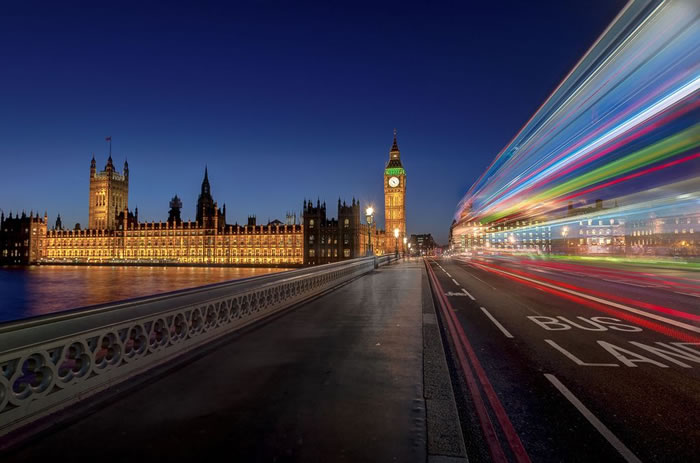
The following professional photography photos are the work of Scott Baldock and he seems to be great at capturing long exposure photos. Check out his collection of amazing long exposure shots of London.
Docklands Light Reflected
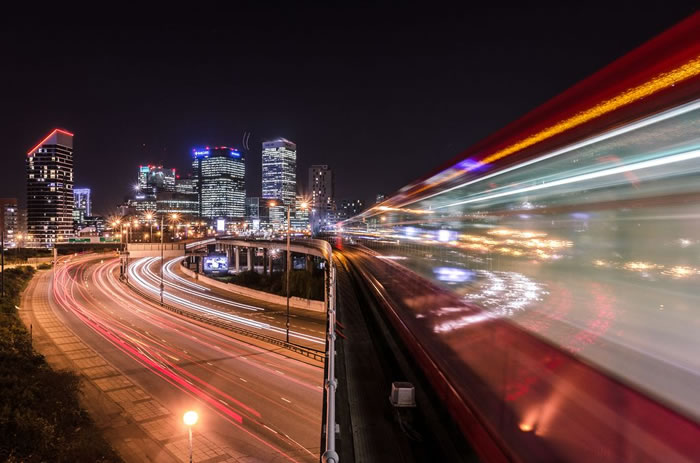
HMS Lancaster at Canary Wharf
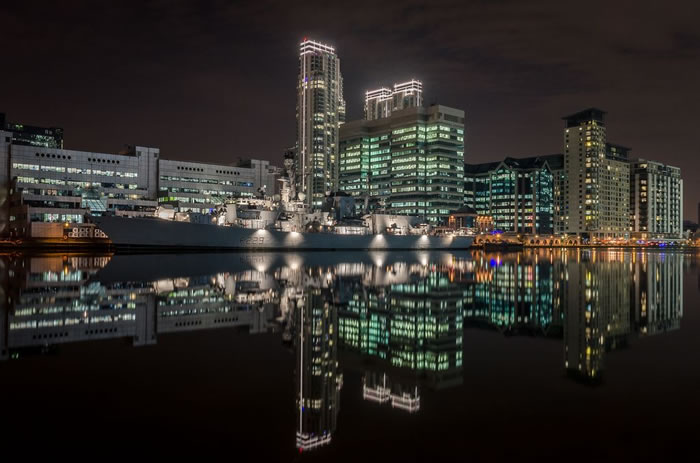
- [SEE ALSO – 10 Examples Of Amazing Sequence Photography]
In a rush
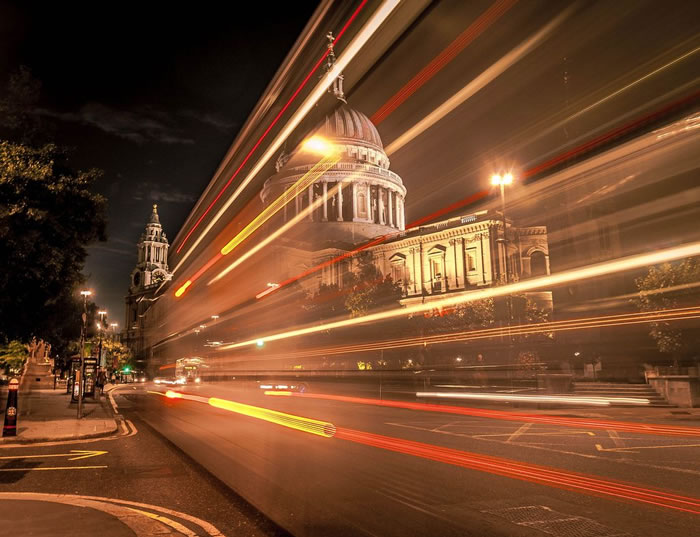
London Dockside

London Eye
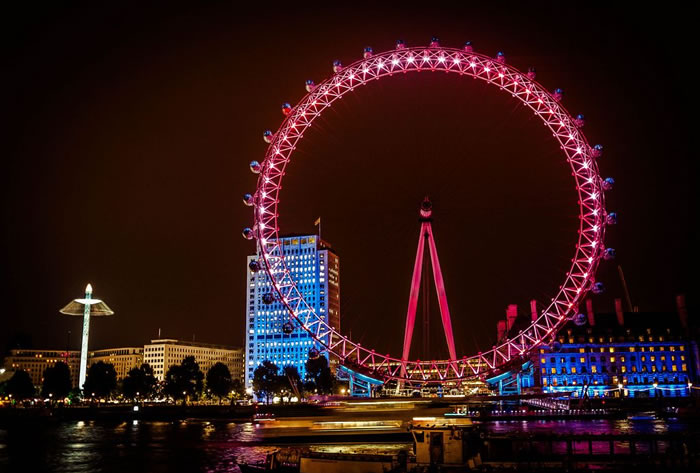
Mr Quick
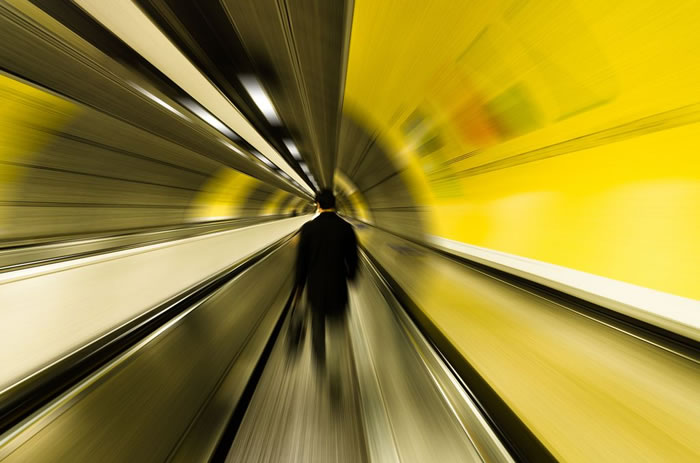
Mud Larking Tower Bridge

Quiet on the Thames

Rush Hour

Smooth Sailing

Solar Power

- [DON’T MISS – Amazing Long Exposure Photos Of Ferris Wheels]
The Money Machine
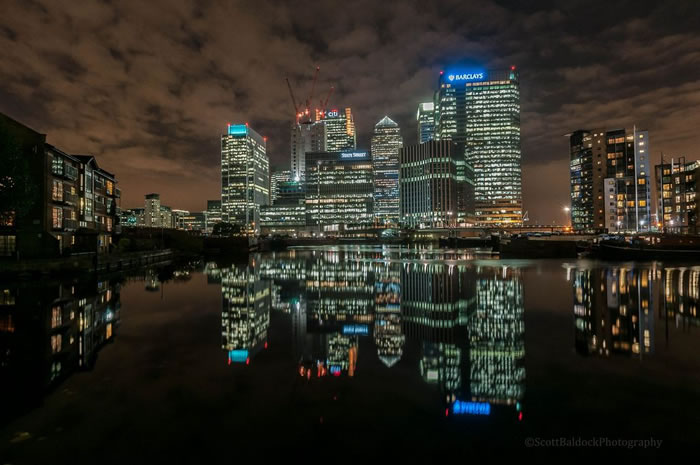
St Pauls from the bridge
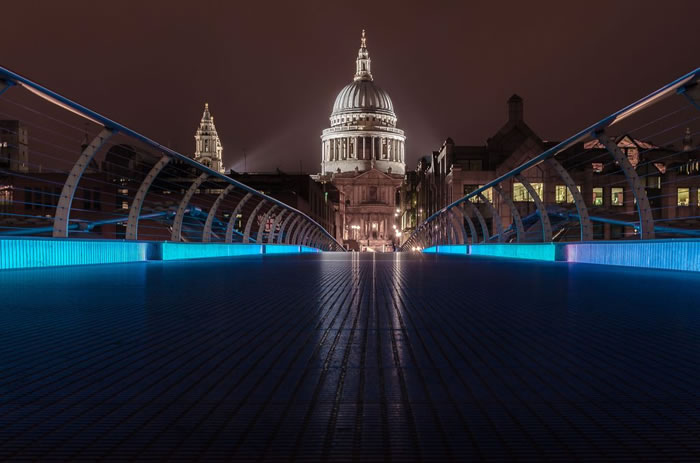
The Shard

Underneath The Bridge
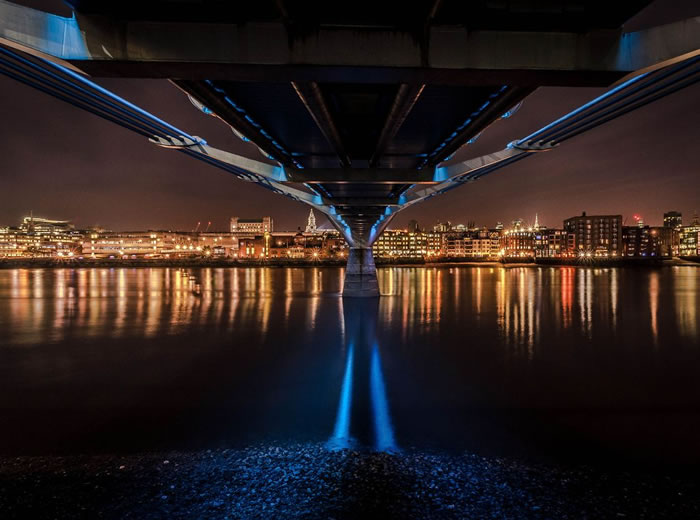
Waterloo Sunset
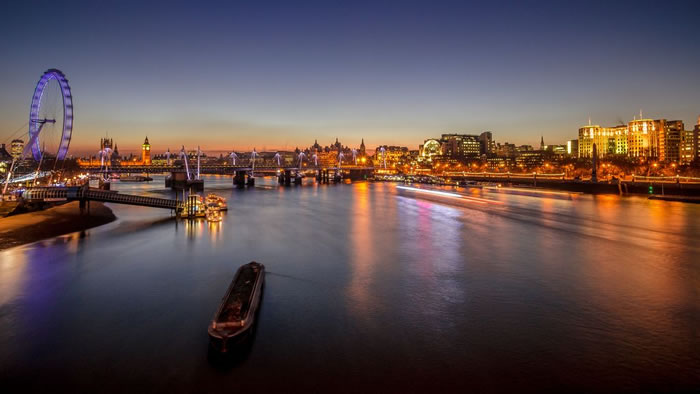
The Rush Home

How To Take Long Exposure Photos
Long-exposure photos or time-exposure photos are taken by using a long-duration shutter speed to sharply capture the stationary elements of images while blurring, smearing, or obscuring the moving elements. Thus making moving light sources visible.
Long exposures are easiest to accomplish in low-light conditions, but can be done in brighter light using neutral density filters or specially designed cameras.
Long-exposure photography is often used in a night-time setting in order to produce a near daytime effect in the photo. By leaving the camera’s shutter open for an extended period of time, more light is absorbed, creating a brighter product. If the camera is stationary for the entire period of time that the shutter is open, a very vibrant and clear photograph can be produced.
Tip 1 Use A Tripod:
Exposures can easily extend to greater than a couple of minutes, so it is vital that your tripod is as sturdy as can be. This typically means ensuring that the legs are stood on firm ground, the centre column is not extended and the strap is secured so not to catch any wind.
Tip 2 Choose The Right Conditions:
Ideal conditions for long exposure photography are when there is dappled cloud and a strong wind. If there are no clouds, or no wind, there will be nothing to add movement. Shooting around sunrise/sunset, when the sun is low in the sky, increases the contrast in the clouds, resulting in an exaggerated streaking effect in the final image.
If you have any other Professional Photography long exposure tips then share them with us in the comments below.
- [BONUS ARTICLE – Amazing Beach Photography From Menorca Spain]